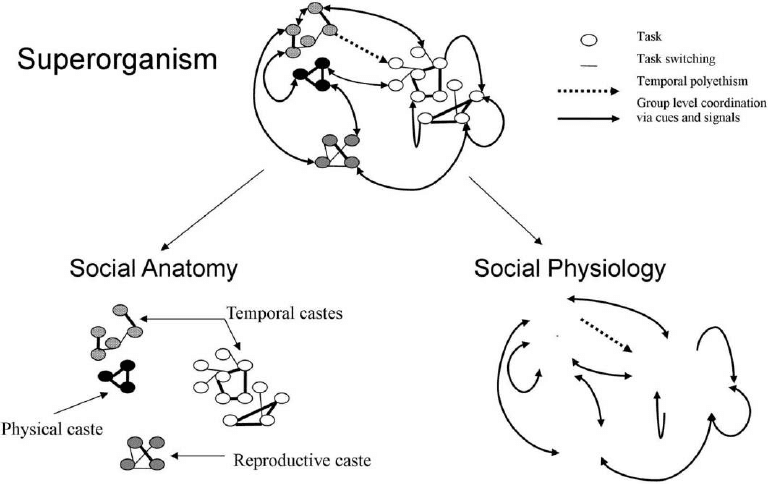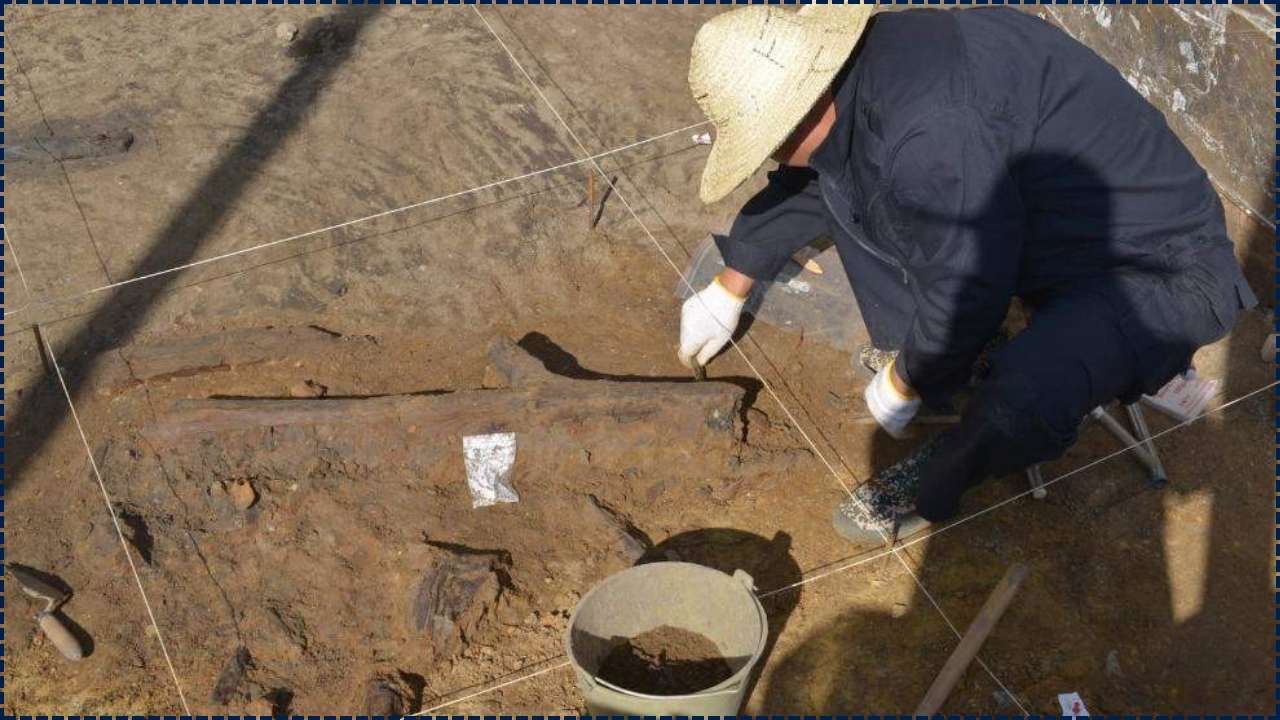In what scientists are calling a truly revolutionary discovery that reshapes our understanding of cooperation in the natural world, microscopic worms have been observed engaging in behavior previously thought to be exclusive to highly evolved, complex organisms. They are teaming up to form a coordinated “superorganism.” Imagine thousands of tiny individual lives moving with a singular purpose, constructing living towers that defy their individual limitations.

These remarkable worm towers aren’t static structures; they possess an astonishing collective intelligence. They move, stretch, react to perceived danger, and respond to their environment as one fluid, living unit, demonstrating a level of synchronous teamwork that is both humbling and awe-inspiring.
Worms Found Creating ‘Superorganisms’
| Aspect | Details |
|---|---|
| Organism Studied | Caenorhabditis elegans (roundworm) |
| Discovery Location | Max Planck Institute of Animal Behavior |
| Published In | Current Biology, 2024 |
| Key Behavior | Worms form dynamic towers that function as a single coordinated superorganism |
| Trigger | Food scarcity and environmental stress |
| Scientific Significance | Shows that even simple organisms can exhibit complex, cooperative behavior |
| Evolutionary Insight | Challenges the idea that only animals with brains or large social structures can work together efficiently |
| Potential Applications | Swarm robotics, artificial intelligence, synthetic biology |
| Official Source | Max Planck Institute |
The discovery that microscopic worms can unite to form intricate “superorganisms” is far more than just another quirky science headline; it represents a profound paradigm shift in our understanding of life itself. This isn’t merely about tiny creatures behaving unusually; it fundamentally challenges how we view intelligence, the intricate pathways of evolution, and the pervasive, powerful role of cooperation throughout the natural world. It expands our sense of what is possible, urging us to reconsider the simplistic divisions we often draw between individual life and collective action.
So… What Exactly Are These Worms Doing?
Under normal circumstances, C. elegans go about their day wriggling solo. But when resources get tight—like when there’s no more food—something amazing happens.
These worms climb on top of each other and stack into moving towers. Yep, they pile up into what researchers are calling “living structures”. These towers sway, stretch toward food, and move to avoid threats—just like a single creature would. Think of it as dozens of little worms forming a living, breathing Transformer. Except instead of gears and wires, it’s made of pure biology.

This Changes What We Thought About Evolution
This discovery isn’t just remarkably cool; it’s genuinely transformational for our understanding of life’s incredible diversity and resilience. For a long time, most scientists held the belief that the capacity for “superorganism” behavior—where individual creatures unite to function as a single, coordinated entity, much like we observe in the complex societies of ants, bees, or even the vast, interconnected colonies of coral—only emerged within highly social or complex, “brainy” animals.
This new insight challenges that very foundation, opening our minds to the profound possibilities of cooperation and shared purpose even among the simplest forms of life. This study flips that idea on its head.
If worms with just a few hundred neurons can cooperate like this, it means:
- Complex behavior doesn’t need complex brains
- Evolution may favor cooperation, not just competition
- Nature has more tricks up its sleeve than we ever imagined
And here’s something to think about: what if this kind of behavior is more common than we thought, just harder to spot?
Indigenous and Cultural Perspectives
For many Native American cultures, the idea that all life is interconnected isn’t new—it’s ancient wisdom.
The concept of “interbeing” (the belief that we’re all part of a single, connected organism) is echoed in this scientific finding. The worms’ tower behavior offers a biological mirror to teachings from the Lakota, Hopi, and many other Indigenous nations: working together is how we survive.
In some Pueblo traditions, even insects and animals were seen as models for communal harmony. This research could be viewed as science catching up with Indigenous knowledge.
Swarm Robots and Tech Applications
Yep, worm towers may soon inspire robots. Here’s why this matters:
- Engineers working on swarm robotics want to build machines that behave like animals.
- Current systems rely on central control, but these worms show decentralized systems can thrive.
- Imagine hundreds of microbots forming bridges, scaling walls, or changing shape in real time—just like these worms do!
Worms might be the new blueprint for disaster response robots, or even Mars exploration teams.
Related Links
New Images Offer Detailed Look at the Sun’s Surface
This 40-Second Owl Test May Indicate Your Confidence Level, According to Psychology
Questions the Study Raises
As exciting as this is, it also opens a Pandora’s box of new questions:
- What exact signals tell worms to stack up?
- Is there a “leader worm,” or is it a hive-mind situation?
- Can this behavior evolve into something more sophisticated over generations?
Researchers are now using CRISPR gene editing and optogenetics to explore how the worms “talk” to each other chemically or physically. There’s still a lot to learn.
Fun Science Corner: Can Worms Think Like a Team?
If you’re 10 years old (or just curious), picture this:
- You and your friends become LEGO blocks.
- You climb on each other to reach cookies on the top shelf.
- One of you says, “The wind’s coming!” and everyone leans the other way.
That’s sort of what these worms are doing. They’re turning into a living machine with no central brain. Wild, right?
FAQs
Q: What is a superorganism?
A: A group of organisms acting together like one single organism. Think ant colonies or bee hives. These worms are doing it, too!
Q: Why is this a big deal?
A: It shows that even tiny, simple animals can form teams and work together with no leader or big brain.
Q: Could humans use this idea?
A: Totally. Scientists want to use it to build smart robots and learn how our own cells cooperate in healing.
Q: Are these behaviors natural or lab-made?
A: They were first seen in nature (on rotting fruit!) and later recreated in the lab.












